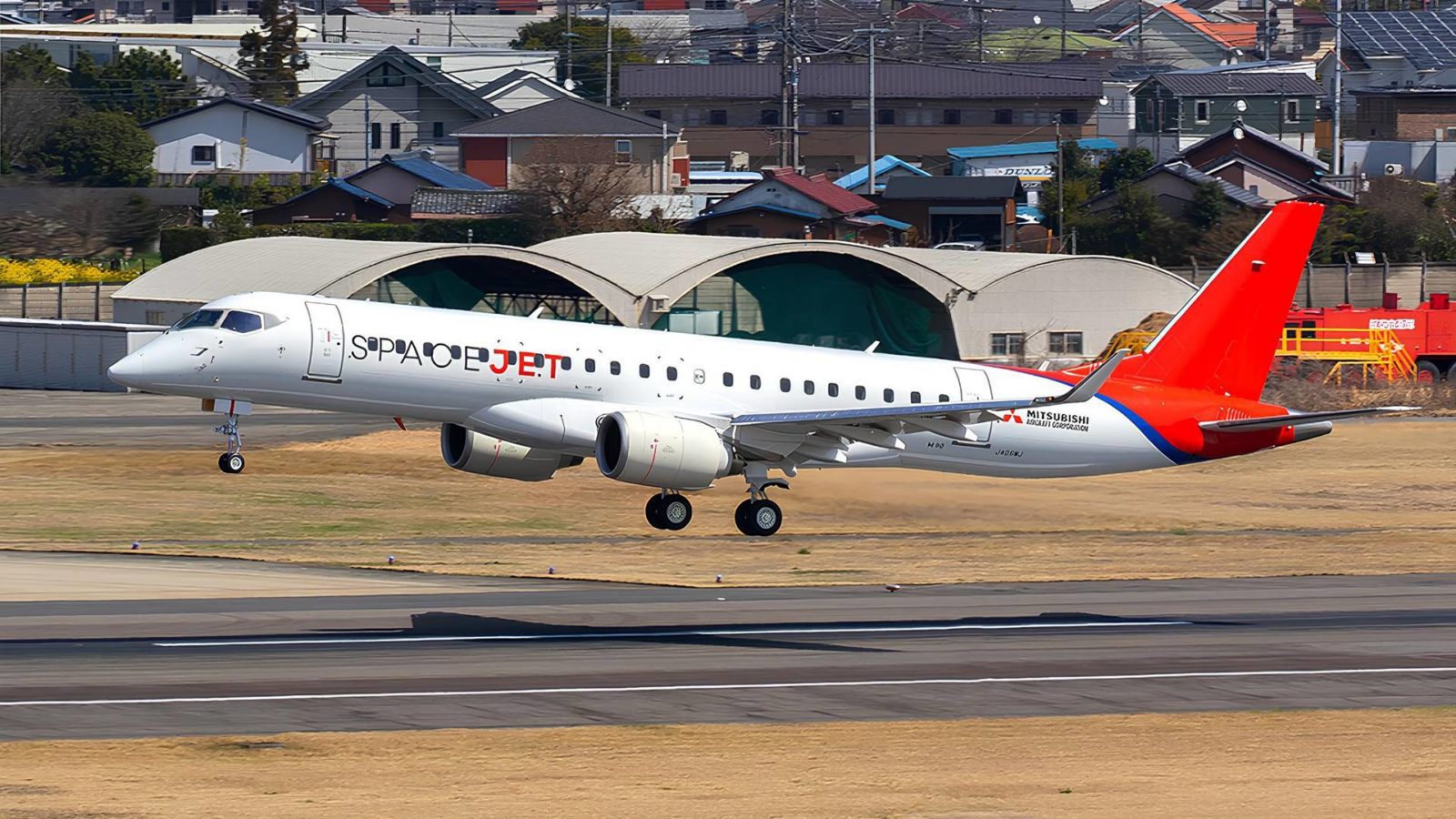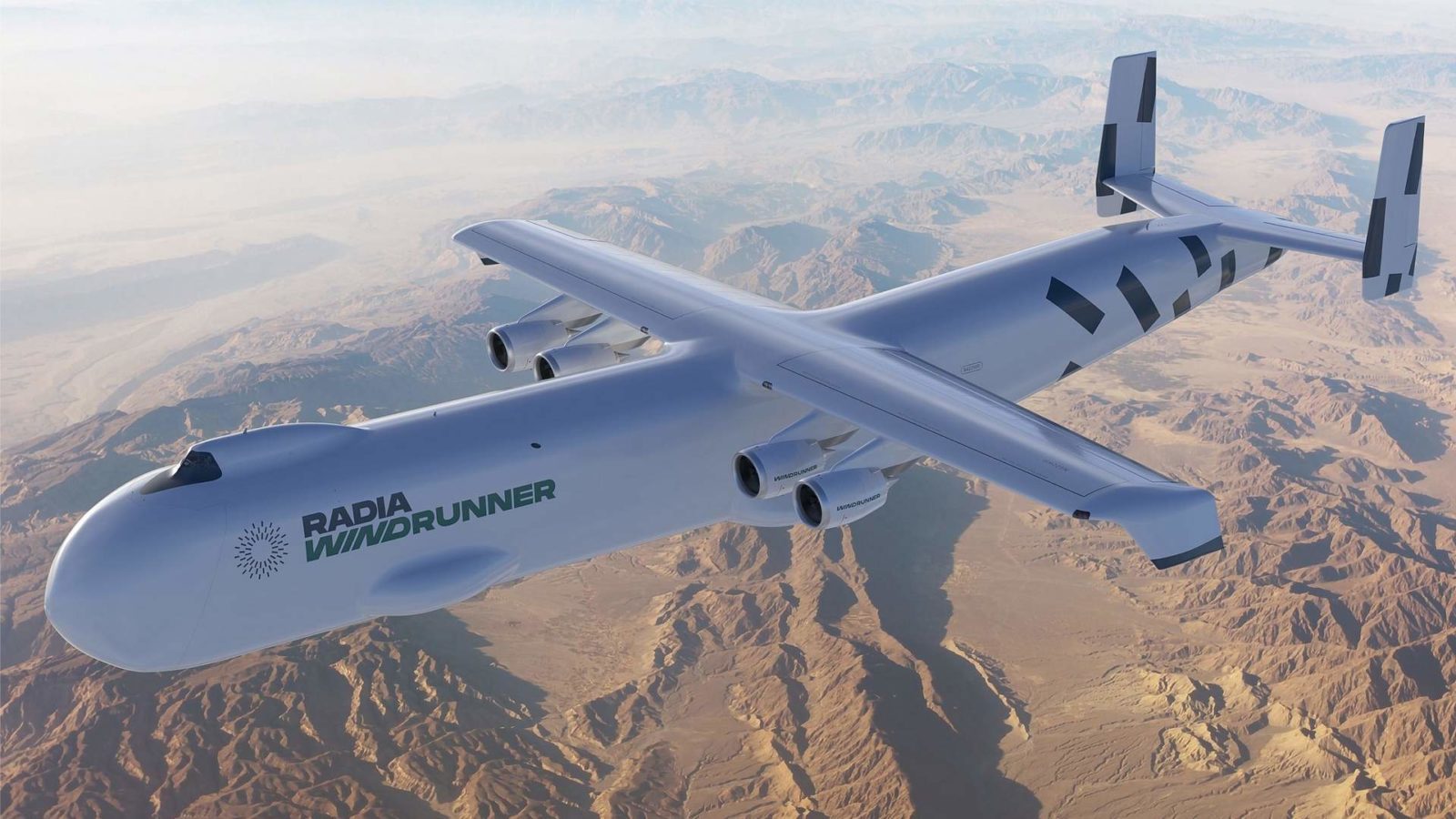Has Boeing potentially mislead the FAA?
Federal prosecutors are investigating if Boeing misled the FAA. The investigation focused around the 737 MAX. Did a top Boeing pilot lie to the FAA about flight control software?
Firstly the FAA in recent months have been questioning several Boeing employees whether Mark Forkner, a top pilot at the company. Did he intentionally lie to the regulator about the nature of new flight control software on the jet.
Boeing have stated it was cooperating with the US Department of Justice investigation.
As a result the comments by Forkner, who has left Boeing, were among those targeted by US lawmakers in Washington. Does evidence show Boeing knew about problems with flight control software? Could these two fatal crashes of its 737 Max aircraft in October 2018 and March 2019 killed 346 people have been avoided?
The FAA has not responded to comment on the current situation.
New Flight Control Software.
Firstly the software questioned is known as Maneuvering Characteristics Augmentation System (MCAS).
So what is MCAS? It is a flight control law designed and certified for the 737 MAX to enhance the pitch stability. So that it feels and flies like the 737NG series.
Rather than being active during autopilot command, It is designed to activate in manual flight, with the airplane’s flaps up, at an elevated Angle of Attack.
So what is Boeing doing to fix the software issue?
“Boeing has developed an MCAS software update to provide additional layers of protection if the AOA sensors provide erroneous data. The software has been put through hundreds of hours of analysis, laboratory testing, verification in a simulator and numerous test flights. Before it is finalized, the software will be validated during in-flight certification tests with Federal Aviation Administration (FAA) representatives.”
Furthermore Boeing are implementing additional protection these include.
- Flight control systems will now compare inputs from both AOA sensors. If the sensors disagree by 5.5 degrees or more with the flaps retracted, MCAS will not activate. An indicator on the flight deck display will alert the pilots.
- If MCAS is activated in non-normal conditions, it will only provide one input for each elevated AOA event. There are no known or envisioned failure conditions where MCAS will provide multiple inputs.
- MCAS can never command more stabilizer input than can be counteracted by the flight crew pulling back on the column. The pilots will continue to always have the ability to override MCAS and manually control the airplane.
%%custom_html1%%




4 comments